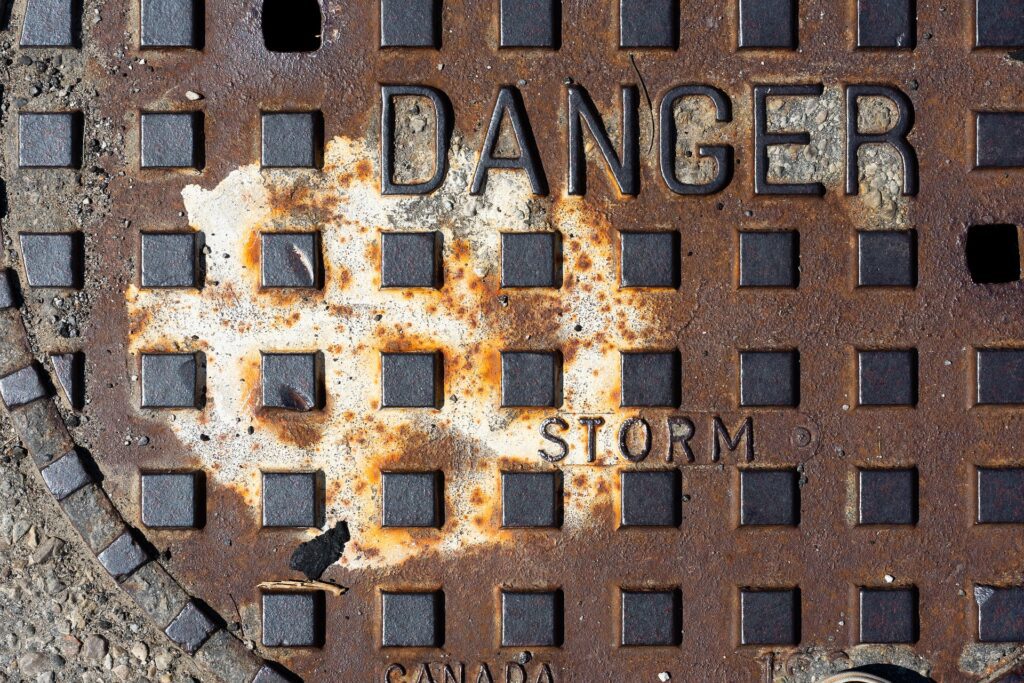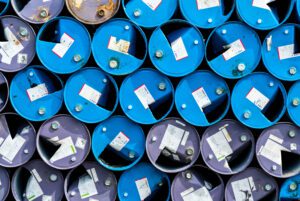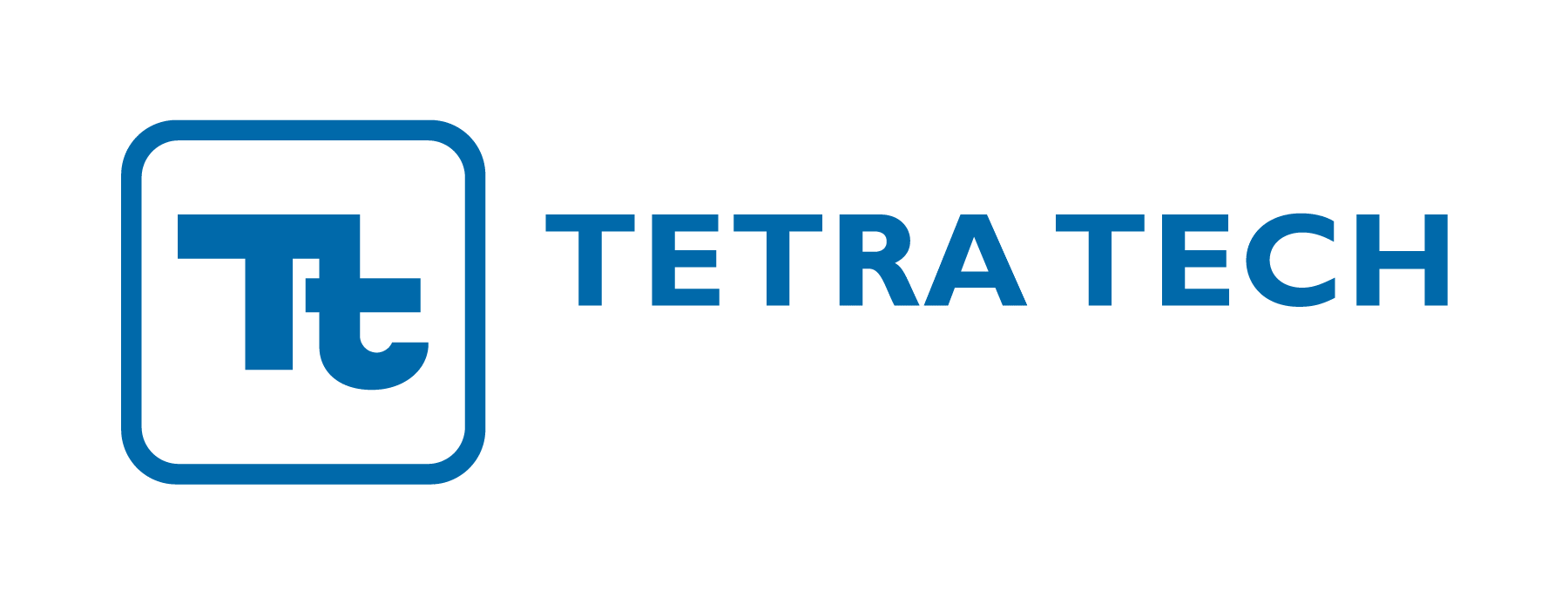Does your facility perform activities or maintain facilities or materials that are exposed to stormwater? If so, you may need to operate under a stormwater discharge permit. As part of this permit, your facility will need to develop, implement, and maintain a Stormwater Pollution Prevention Plan (SWPPP) following standard SWPPP requirements.
Stormwater is water from rain or snowmelt that does not immediately soak into the ground, but rather flows into other areas, such as nearby bodies of water or sewer systems. If this water picks up pollutants from onsite activities on its way to other areas, it can cause environmental harm. In the industrial setting, preventing this kind of pollution is not only required for meeting regulatory compliance requirements, but it also strengthens your company’s commitment to a clean environment.
If you have materials and activities exposed to stormwater at your facility, or will have them in the future, and are a covered industry required to operate under a permit under the National Pollutant Discharge Elimination System (NPDES), you need an SWPPP. Outlined here are the steps you can take to successfully meet SWPPP requirements and keep your facility compliant with your permit.
What is a Storm Water Pollution Prevention Plan (SWPPP)?
An SWPPP is a document that outlines the steps your facility has taken to prevent stormwater pollution. This plan includes control measures, names the personnel in charge of stormwater pollution prevention, and requires regular inspections.
The NPDES is part of the Clean Water Act and can be administered at either a federal or state level. Under this program, stormwater discharge permits are issued to facilities included by SIC code in the NPDES regulations. Requirements in these issued stormwater permits might include limitations on types of discharges, numerical or categorical pollutant discharge limitations, required benchmark monitoring, required spill reporting actions, and additional regulatory requirements specific to industrial sectors.
In most cases, the creation, implementation, and upkeep of an SWPPP is not only required for maintaining compliance with an issued stormwater permit, but is also a prerequisite for being issued a permit.
The name of the document may also be different depending on the state, but the baseline requirements for compliance are still the same.
Meeting SWPPP Requirements
Form a Qualified Pollution Prevention Team
To meet SWPPP requirements, you will first need to identify and form a qualified pollution prevention team. This team will be responsible for the overall execution of your SWPPP. They will need to implement and maintain controls, perform inspections and monitoring, and administer any needed corrective actions. They will also need to upkeep the SWPPP and make revisions as needed.
Your pollution prevention team will need to be trained in order to implement the SWPPP. Most of your team should also be onsite at your facility.
Take Inventory of Stormwater Pollution Sources
Developing your SWPPP begins with identifying potential stormwater pollution sources. This may include industrial materials, storage and handling, or any other associated activities that occur with stormwater or stormwater discharge exposure.
Begin by identifying these exposed activities and materials. You will need to document conditions, locations, and the potential pollutants. This includes not just chemicals, but any materials that could degrade water quality, such as sediment or biologicals.
Next, determine where the stormwater interacting with these activities and materials travels. You will need to know where it inlets to your own stormwater drainage system or onsite treatment facilities that outfall to local sewers, rivers, ponds, or other waterways.
Non-stormwater discharges, or discharges not solely associated with precipitation, also need to be evaluated. These types of discharges will either be allowed (such as hydrant flushing or footing drains) if they are uncontaminated, or they will be identified as not allowed and considered as possible illicit discharges. Non-stormwater discharges that are not allowed will either require separate permitting or will need to cease discharging immediately.
After potential stormwater pollution sources and non-stormwater discharges are identified, they will need to be included in the SWPPP and presented in site plans that meet specific requirements. Site plans are typically required to include:
- Locations of exposed activities and materials
- Controls
- Site topography
- Structures
- Property boundary and size in acres
- Stormwater surface flow
- Drainage systems
- Outfall and monitoring locations
- Receiving waters
Issued permits provide specific requirements, which can vary by state.
Select and Implement Control Measures
Once activities, materials, non-stormwater discharges, and flow paths are identified, you will need to determine what controls are in place or need to be in place. These controls will also need to be presented in your site plans. These may include structural controls (such as controls with hard structures or equipment) or non-structural controls (such as procedures, spill response, and good housekeeping).
You will need to consider your controls carefully so they can be implemented successfully and receive the necessary routine maintenance. You will also need to consider things like personnel training so your controls can be most effective.
Inspect and Monitor
Having documented procedures and checklists for inspecting and monitoring the identified activities and materials in your SWPPP is a crucial non-structural control for successful compliance. It is also a regulatory requirement in most issued permits.
Your SWPPP will need to include procedures, checklists, and schedules for routine facility inspections (maintenance and housekeeping), visual assessments of outfall discharges (often quarterly), and comprehensive site inspections (quarterly or annually). Depending on your issued permit, you may also need specific certifications in order to complete the various inspections and certify the results.
You may also be required to adhere to specific monitoring requirements, such as outfall sampling and analysis for permit identified pollutants. These procedures, schedules, and reports will also need to be included in the SWPPP.
Train Your Personnel
Training is an important part of preventing discharges. Your permit will likely require personnel who are part of the identified activities or interact with the identified material through their job function or role to receive training covering the SWPPP contents. Additional training may also be needed for employees conducting inspections or maintenance on controls.
Many facilities also choose to provide spill prevention training for all personnel as a best management practice. Training content descriptions, affected personnel, schedules, and completion records must be discussed in the SWPPP and kept on file with the SWPPP.
Retain Records
All records associated with the SWPPP should be kept on file with the SWPPP and be available to the Pollution Prevention Team. Records typically include documentation related to training completion, spills, maintenance, inspections, and corrective actions. Records should be retained based on the permit record keeping requirements.
Review and Update SWPPP
Your SWPPP should be considered a living document, not a binder that collects dust on the shelf. It should be reviewed at least annually, as well as whenever procedures or controls fail. A record of the updates made should also be kept.
Common mistakes in keeping the SWPPP current include:
- Not making changes to the pollution prevention team as personnel changes.
- Not updating materials or activities as they change onsite.
- Not revising procedures as they are fine-tuned with use.
- Not having the trained staff familiar with the SWPPP.
Keeping your SWPPP updated will help you meet stormwater pollution challenges in the future and keep your compliance current.
Certify Your SWPPP
Your SWPPP will include a certification statement that will need to be signed. This is typically done by an appropriate individual from management at your facility. This person will need to have confidence in the document, personnel, and content. They may be the signatory, but they are not a part of the team that implements the SWPPP.
Get SWPPP Support
Creating and implementing a successful SWPPP at your facility can be challenging. Buried within issued permits are many steps that need to be completed to prepare and implement a compliant SWPPP.
The regulations can be complicated, even more so as state or industry specific requirements come into play. Developing procedures, site plans, inventories, controls, and training content can be overwhelming, even though it is necessary.
For help in developing an SWPPP for your facility, providing required training, or meeting other EHS requirements, contact Tetra Tech’s experts today at [email protected]. We can help you interpret your facility’s specific regulatory requirements, develop a SWPPP plan that meets those requirements, and develop a strategy to maintain compliance.






